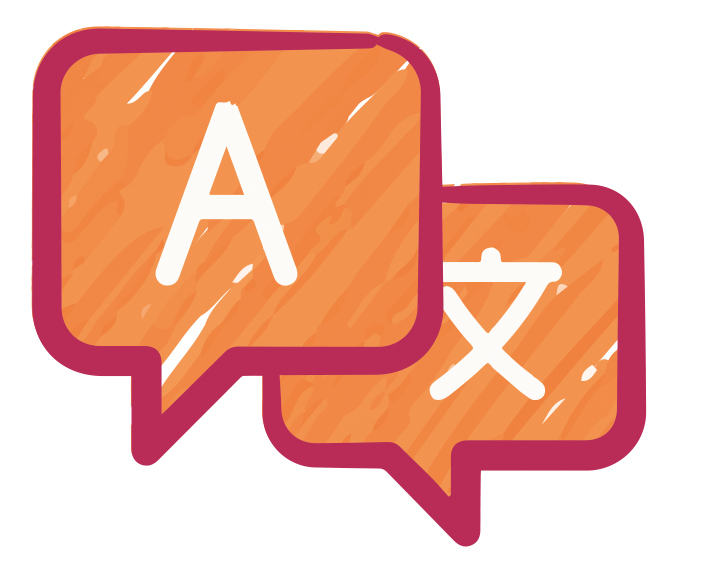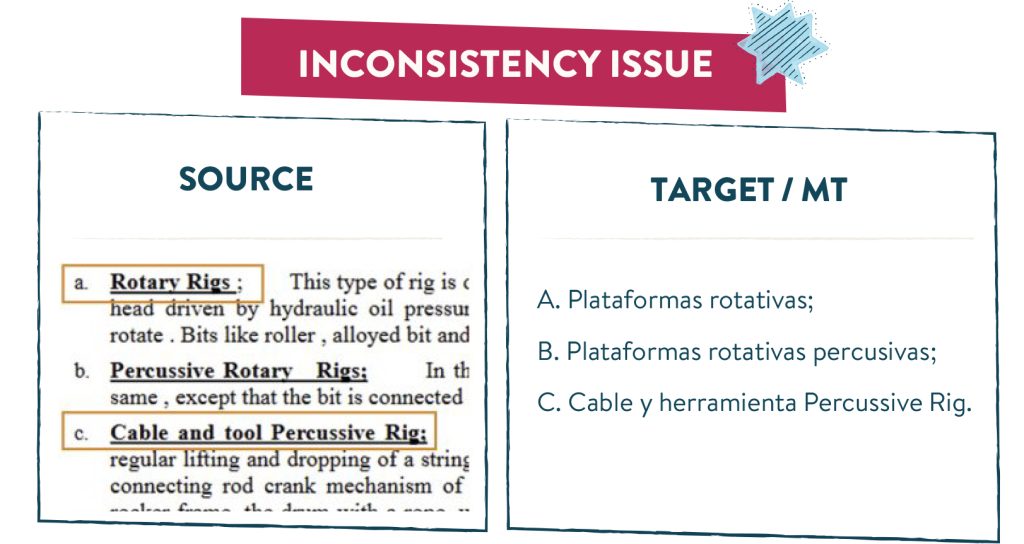Machine translation has always caused controversy in the translation industry. According to Bibiana Cirera, Lead Linguist at Terra Translations, this is primarily because some translators and editors have firmly opposed the incorporation of machine translation into their work. Bibiana has witnessed this distrust of machine translation firsthand, “I have heard many translators express concern about machine translation taking their jobs or stifling their creativity.” To provide more insight into this topic, we asked Bibiana for her honest take on machine translation’s role in the translation industry.
Machine Translation is Here to Stay
Bibiana is aware that we live in a globalized and constantly evolving world. The adoption of machine translation is one change that she believes translators and linguists need to accept and not feel threatened by, “The truth is that a machine will never be able to completely replace human labor in the translation process, at least for now, and it will always take the touch of a translator or editor to deliver a verbose, meaningful, and error-free deliverable to the client,” Bibiana said.
Bibiana has found that machine translation is extremely effective in handling certain subject matters, such as those relating to medical, technology, and engineering industries. For subject matter that requires more creativity, such as marketing and advertising, she doesn’t feel machine translation can hit the mark.

At the end of the day, one of the benefits of machine translation in Bibiana’s opinion is client satisfaction, at least in regard to saving time. Some clients require a fast turnaround, especially if they handle large volumes of text, and they may not have time to wait for a human translation. By using machine translation, and then utilizing human labor for the post-edition process, the client can have a deliverable of acceptable quality in a quicker time frame. The decision to use machine translation during the process depends on the quality expectations of the client and what their priorities are. “We have clients who have found these machine translation tools to be really high quality in the cases of highly technical translation projects. In many instances, we find practically no differences between what a person and machine translation can translate when there is little room for creativity during the process. This tool even recognizes the client’s translation memory and glossary, which guarantees the correct application of both,” Bibiana said.
Machine Translation Has Its Faults
Bibiana acknowledges that machine translation has its difficulties, which is why pairing it with a human translator, linguist, or editor can make all the difference. Four shortcomings that Bibiana is wary of include:
- Complex formats. Most machine translation engines do not recognize formats such as bold, italics, underlined text, subscript and superscript, colors, and the tags that are generated in a conversion.
- Table headings. Machine translation tools often break the words from the heading. When translating, sometimes the order of the words must be reversed. This process cannot be recognized by an automatic translation tool and it translates the words literally.
- Segmentation. When a program takes a source file, it may cut sentences, therefore in this case, the machine translation engine doesn’t recognize the cut sentence and translates it as two separate and meaningless sentences.

- Inconsistencies. Machine translation engines are usually inconsistent with the translation of the same term and often confuse the indistinct use of informal or formal tone or verb tenses.

Bibiana urges against solely utilizing machine translation tools for the sake of saving money, as some tools may leave much to be desired without human intervention and the work may end up needing a complete retranslation.
Working Together is Key
Machine translation can not stand on its own and that should provide some comfort to linguists and translators that feel their territory is being infringed upon. “As we see it, in one case or the other, human work is essential,” Bibiana said. She believes that we can no longer continue to ignore and oppose the implementation of machine translation. She urges that we must make sense of it and acknowledge the many benefits associated with pairing machine translation with a skilled human touch.









